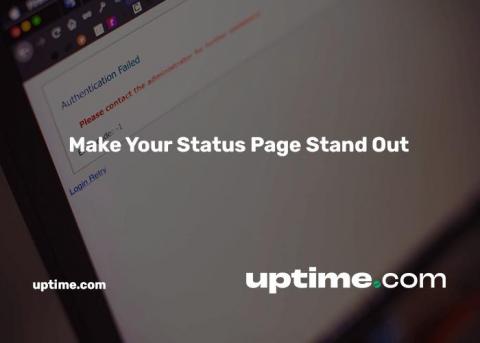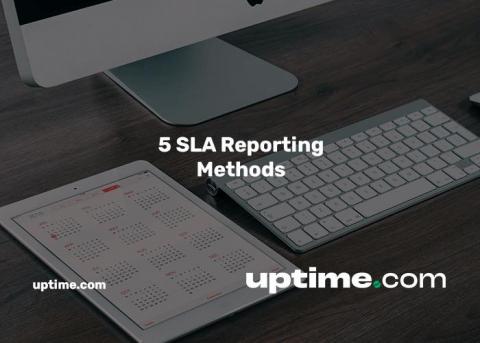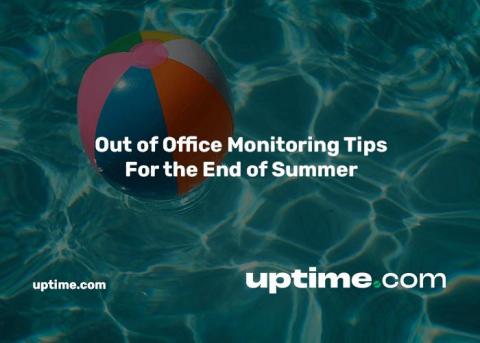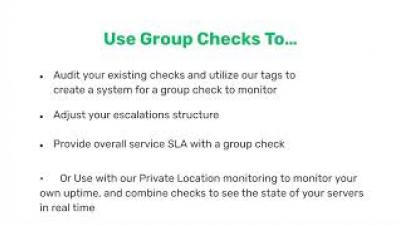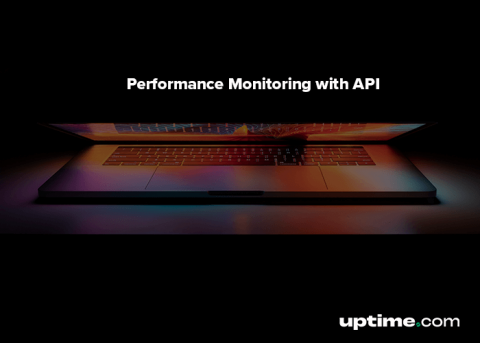How Is Uptime Calculated?
Any modern organization depends heavily on the health of its network and servers. If a server goes down, it can seriously impact a business’s ability to provide services for clients and customers to get work done. If network admins don’t know a server went down, the problem could quickly worsen. No one may realize there is a problem until the support lines are loaded with calls, and everyone needs to scramble first to find the issue and then fix it.






